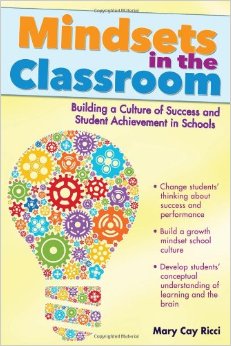8 Tips for Speaking and Listening
While it is impossible to know all of the reasons, there is no doubt that learning to listen and talk is an extremely important way to broaden knowledge, enhance understanding and build community. Perhaps this is why the core standards in English-language arts include an important emphasis on developing speaking and listening, the basic tools for conversation. The eight tips below can be used regularly to help your kids learn good conversational skills.
1. Model a Good Conversation
Make a point of having one-to-two minute interactions, one-on-one, at least a few times each week with students who struggle conversationally. Share information about yourself as you might when meeting a friend or acquaintance, and show interest in the student by asking questions about his or her interests. Conversation enhancers include responses and prompts like:
- "Really?"
- "Wow!"
- "That’s interesting."
- "No kidding!"
If these students don't or won't share easily at first, don't give up.
2. Encourage Physical Cues
Identify procedures for having a conversation that includes appropriate non-verbal behavior. For example, you might teach a strategy like S.L.A.N.T. (Sit up straight. Listen. Answer and ask questions. Nod to show interest. Track the speaker.)
3. Challenge Put-Downs or Hurtful Comments
For example, if a student says, "I think what she did was really stupid," challenge with "How else can you say that without being hurtful?" If the student seems unaware, teach an alternative like, "I disagree with that." Ask the student to repeat what you said and then move on to:
- "What happened to make you feel that way?"
- "How would you have handled things differently?"
- "Do you think there is only right answer, or could there be more?"
4. Ask Open-Ended Questions
These are questions without one correct answer, questions that stimulate discussion and can be a very powerful way to reinforce the idea that there are different views of an issue, or a set of beliefs that can be equally valid. For example: "So if Columbus came knocking on your door and told you that sailing to the New World would be an amazing adventure and there might be lots of riches there, but you might never arrive because the world was flat, would you go?"
5. Put Thinking Ahead of Knowing
When asked a question, don’t accept "I don't know." Tell students that you don't require them to "know" but that you do expect them to "think." Teach them how to wonder aloud, speculate, guess or give the best answer they can. ("I'm not sure about that, but I think _____ .")
6. Have Informal Chats
Before class begins or in the hallway, ask students about their other classes, what they think about a current event, or how they feel about the outcome of a game. Share your thoughts as well. ("I thought it was more that the Jets lost the game than anything the Eagles did to win. How did you see it?")
7. Make Eye Contact
When a student is speaking in class and you are listening, give him or her your eye contact. However, gradually scan away from the speaker and direct your gaze and movement towards other students. This will often get the speaker to redirect his or her talk toward peers, and it invites peers to get and stay involved with what is being said.
8. Encourage Turn-Taking
Use an object, such as a talking stick, as a signal for turn-taking. Teach your students that when they have the object, it is their turn to talk or pass while others are expected to listen.

